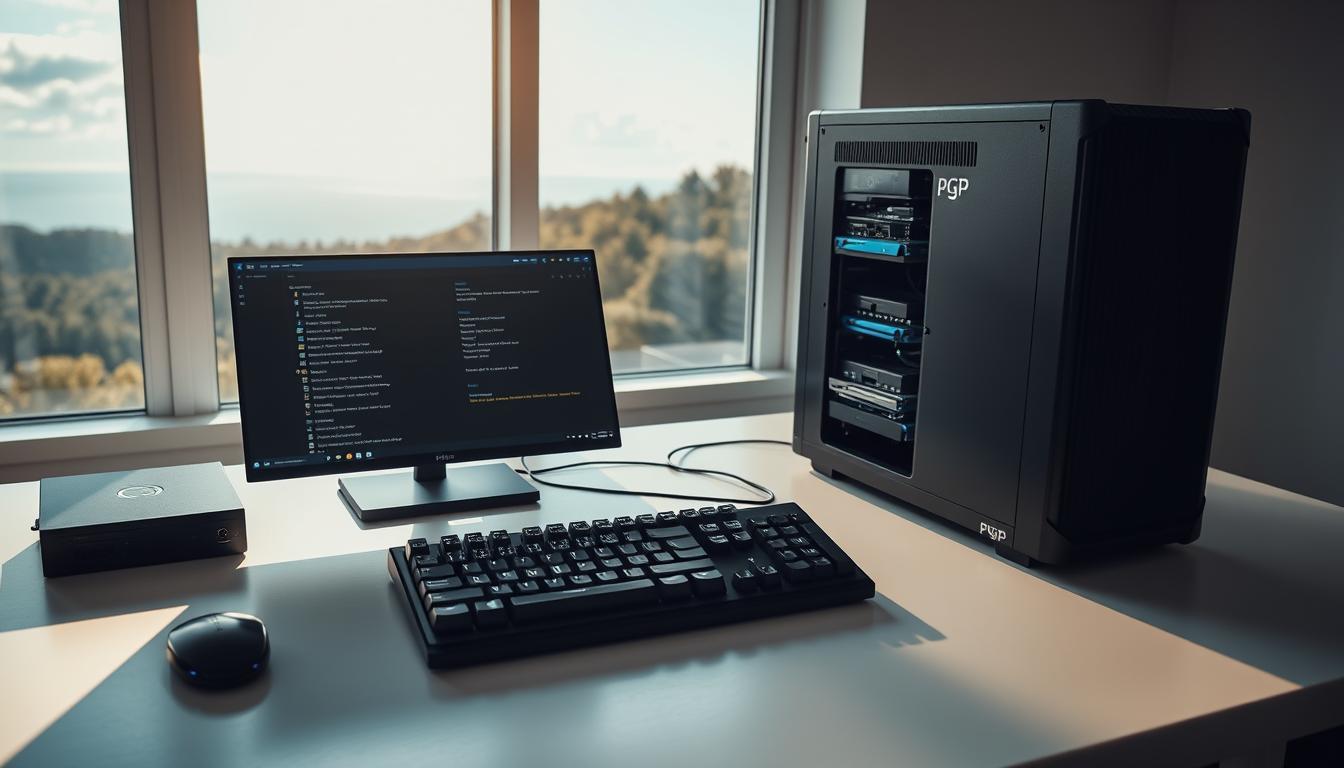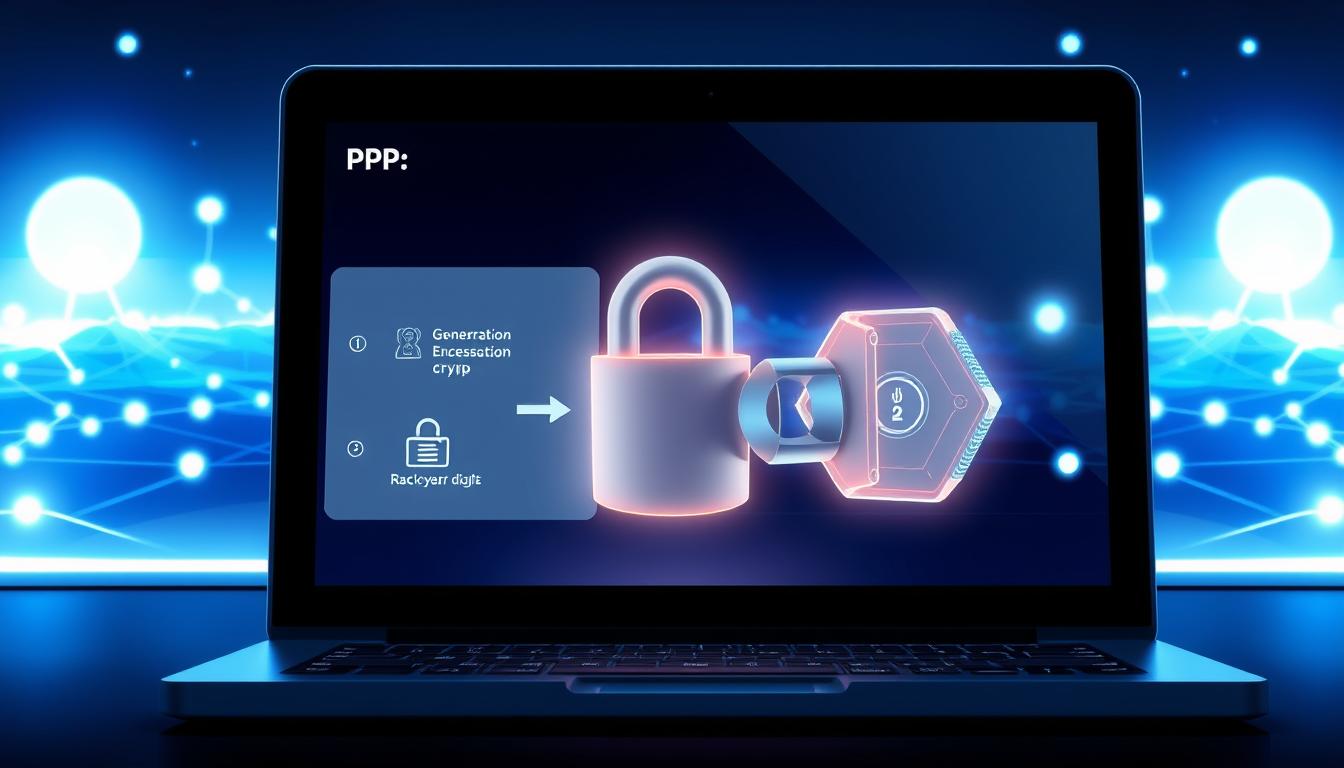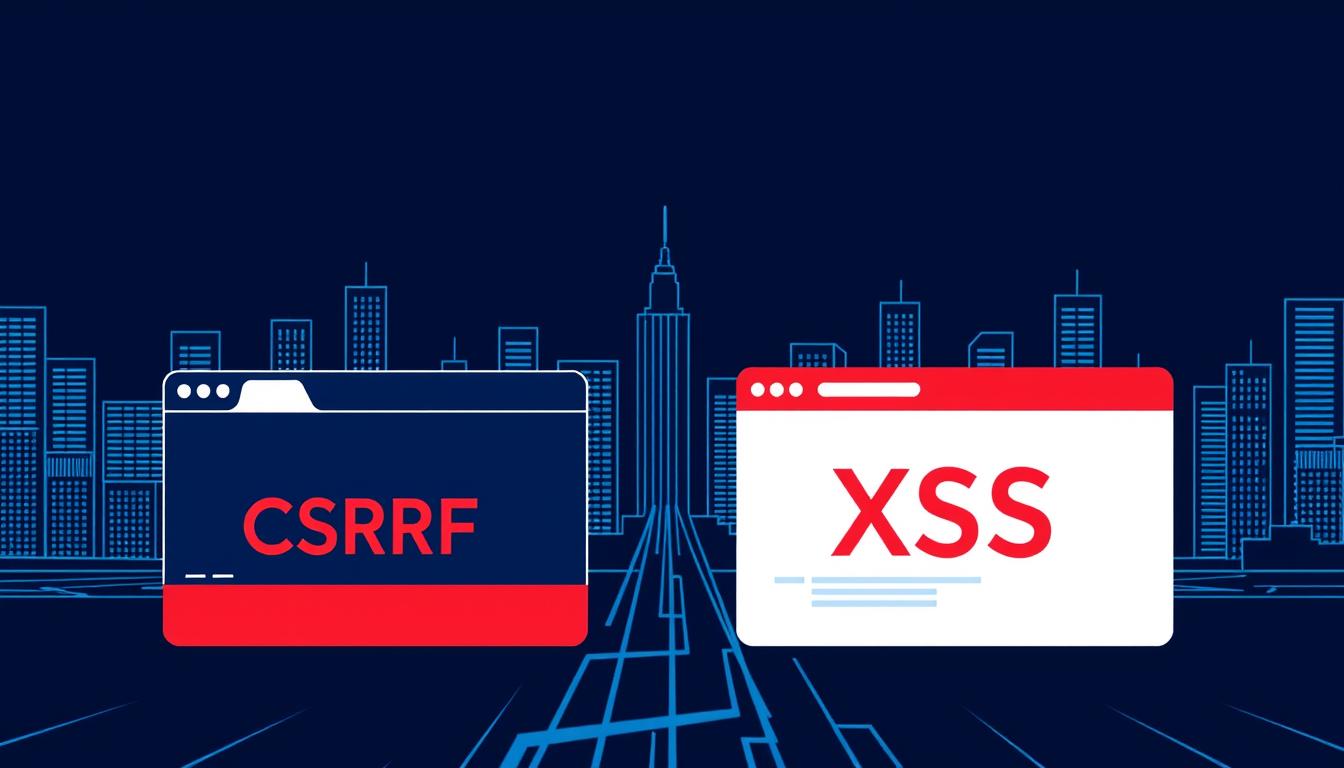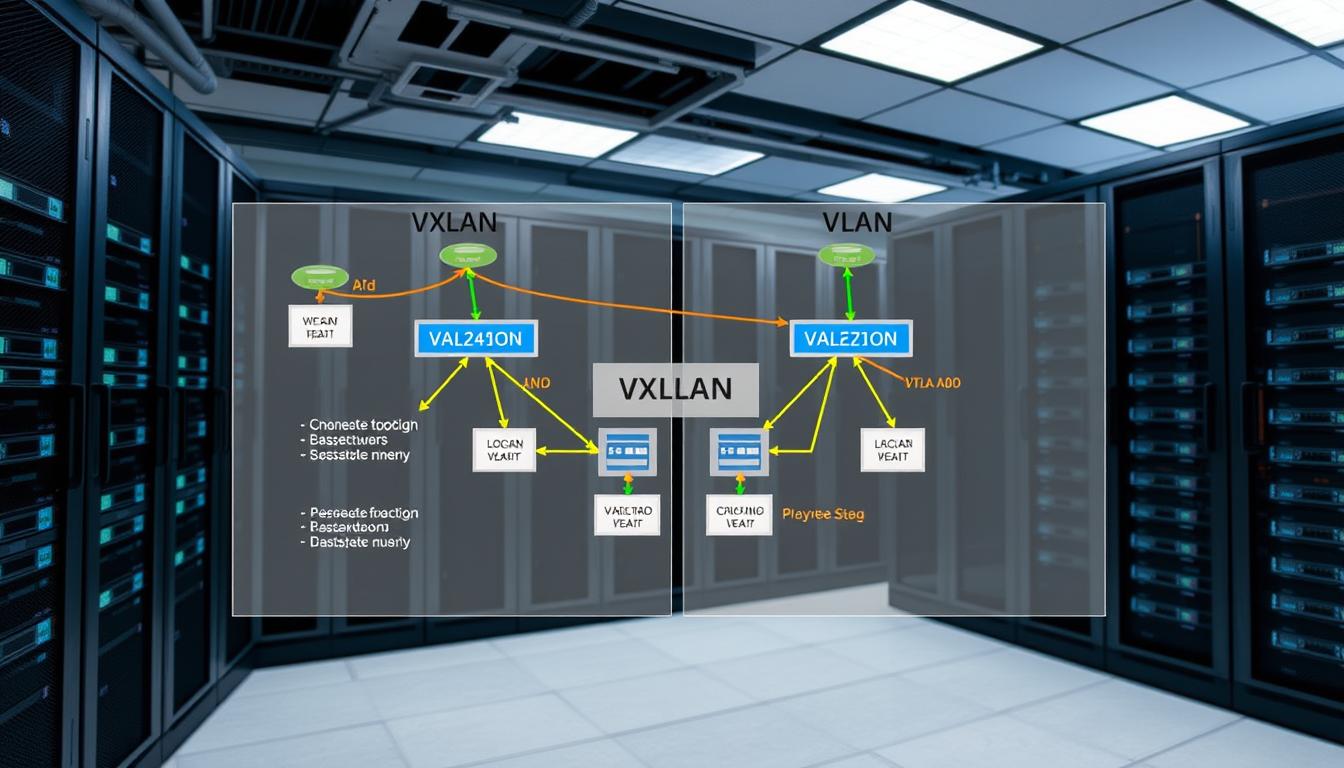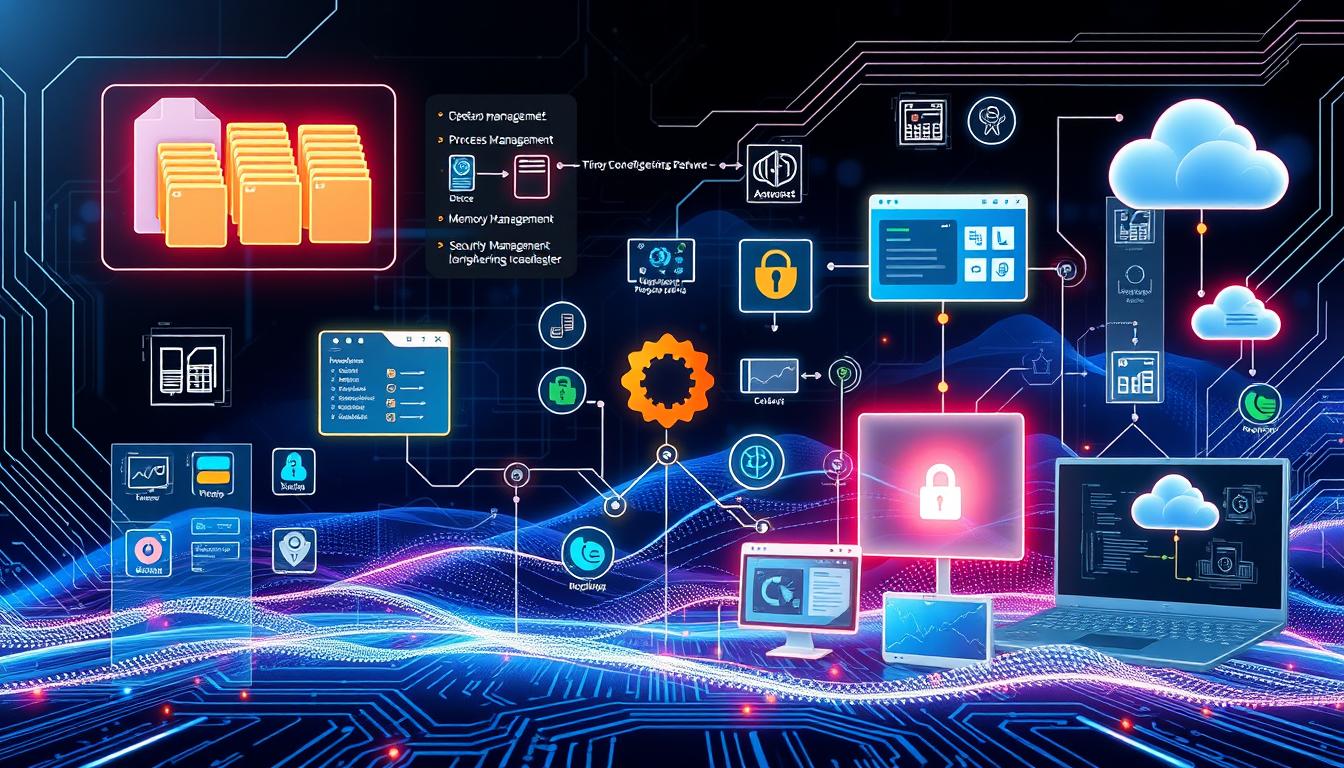Posts by Jerry Sheehan
Optimize IT with Top Networking Servers Solutions
In USA an globally a 35% boost in IT service reliability is seen in companies with a dedicated server team. Network servers are key in data centers, supporting digital businesses. They manage huge data, run complex apps, and help with smooth global network communication. Regular updates and patch management can make servers 50% more stable. This…
Read MorePGP Encrypt Linux Guide: Secure Your Communications
In today’s digital world, PGP encryption Linux is key for keeping data safe. It started in 1991 as a way to secure messages. Now, it’s under Symantec’s watch, helping Linux developers keep their work safe. Using PGP on Linux is not just a good idea; it’s essential. It protects code and ensures it’s real. PGP…
Read MoreUnderstanding What is a PGP Key – Explained.
PGP has been a key player in email security for over 30 years. It stands for Pretty Good Privacy and has kept emails safe despite many threats. PGP uses the RSA algorithm, making it nearly impossible to crack. PGP started as a simple idea in the ’90s. Now, it’s a standard for email security. It’s…
Read MoreCSRF vs XSS: Understanding the Differences
In the world of cyber threats, most web apps face risks from cross-site scripting (XSS) or cross-site request forgery (CSRF). XSS threats can be more severe. CSRF and XSS are two different web threats. Knowing the difference is key for developers and security experts. XSS lets attackers send requests and steal data. CSRF uses a…
Read MoreSecure Your Web Browsing: Encrypt Your Internet Connection
Every 39 seconds, hackers attack, leading to 2,244 cyberattacks daily. In the first half of 2019, 4.1 billion records were exposed. This shows how vulnerable our data is online. With data breaches costing $3.92 million on average, it’s clear we need to encrypt our internet. With 95% of internet traffic encrypted, securing our internet is…
Read MoreCisco OTV Simplified: Your Guide to Overlay Transport
Imagine technology that lets data centers miles apart work together seamlessly. Cisco’s Overlay Transport Virtualization (OTV) makes this possible. It wraps Ethernet frames in IP packets for Layer 2 connectivity across distances. This technology doesn’t change your network setup. At least two Cisco OTV edge devices are used at each data center for reliability. This…
Read MoreDiscover the Different Types of Web Browsers.
In today’s world, a single click can open a vast digital universe. Google Chrome leads with a 65.12% global market share as of 2024. Yet, a wide range of types of browsers exists, meeting diverse user needs and preferences. Apple Safari is known for its energy efficiency, holding an 18.17% market share. It’s great for…
Read MoreWhat is internet surveillance in 2025?
In 2025 almost 70% of American homes have at least one device connected to the internet. This makes the web of Internet surveillance very complex and widespread. Even simple online actions are not private; from the 264% increase in U.S. law enforcement requests to Amazon to a Fitbit’s heart rate data leading to a murder…
Read MoreVXLAN vs VLAN: Comparison and Key Differences
Did you know VLANs have a 12-bit ID space? This limits them to 4,096 segments. On the other hand, VXLAN uses 24 bits for its ID. This allows up to 16 million segments. We’re going to compare vxlan vs vlan. We’ll see how VXLAN solves scalability problems. Both technologies divide networks, but VXLAN does it…
Read More10 Key Functions of an Operating System Explained.
Did you know today’s computers and smart devices run over 100 million lines of code daily? At the heart of this complex system is the operating system. It’s the key to understanding what is an operating system and its essential roles in modern computing. An operating system is more than software. It’s a vital manager…
Read More

